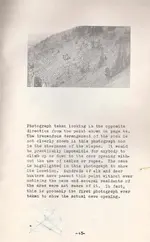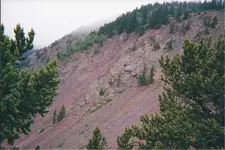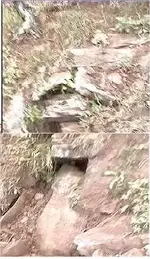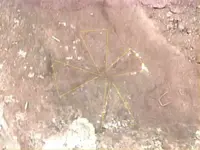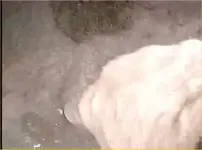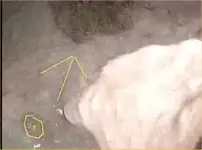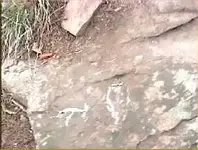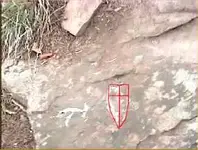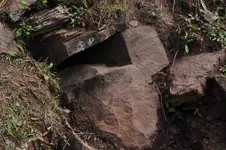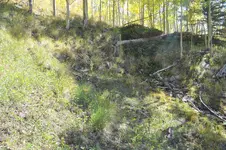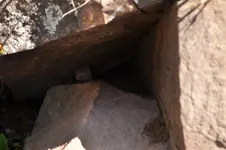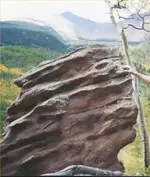Corporate Investigations
Sr. Member
- Joined
- Aug 23, 2013
- Messages
- 468
- Reaction score
- 1,438
- Golden Thread
- 0
- Primary Interest:
- All Treasure Hunting
Hello Springfeild
Thanks for the very interesting post. It is interesting you show another version of the map with Symbols of alleged treasure marks? I profess not to be sign reader or a believer in such so I leave that to others...However I have a Photograph that may or may not be connected to the symbol on the left side.
Personally as a professional archivist and Historian, I have not seen any evidence that the Spanish had a System of Symbols. However that is for another forum thread. So I leave the image to thoughts of its value in relation to this alleged Lue map for others.
Sadly I too especially for me I do not have any information of the origin of the Photograph or location.
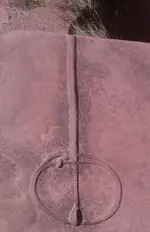
Corp
Thanks for the very interesting post. It is interesting you show another version of the map with Symbols of alleged treasure marks? I profess not to be sign reader or a believer in such so I leave that to others...However I have a Photograph that may or may not be connected to the symbol on the left side.
Personally as a professional archivist and Historian, I have not seen any evidence that the Spanish had a System of Symbols. However that is for another forum thread. So I leave the image to thoughts of its value in relation to this alleged Lue map for others.
Sadly I too especially for me I do not have any information of the origin of the Photograph or location.

Corp




